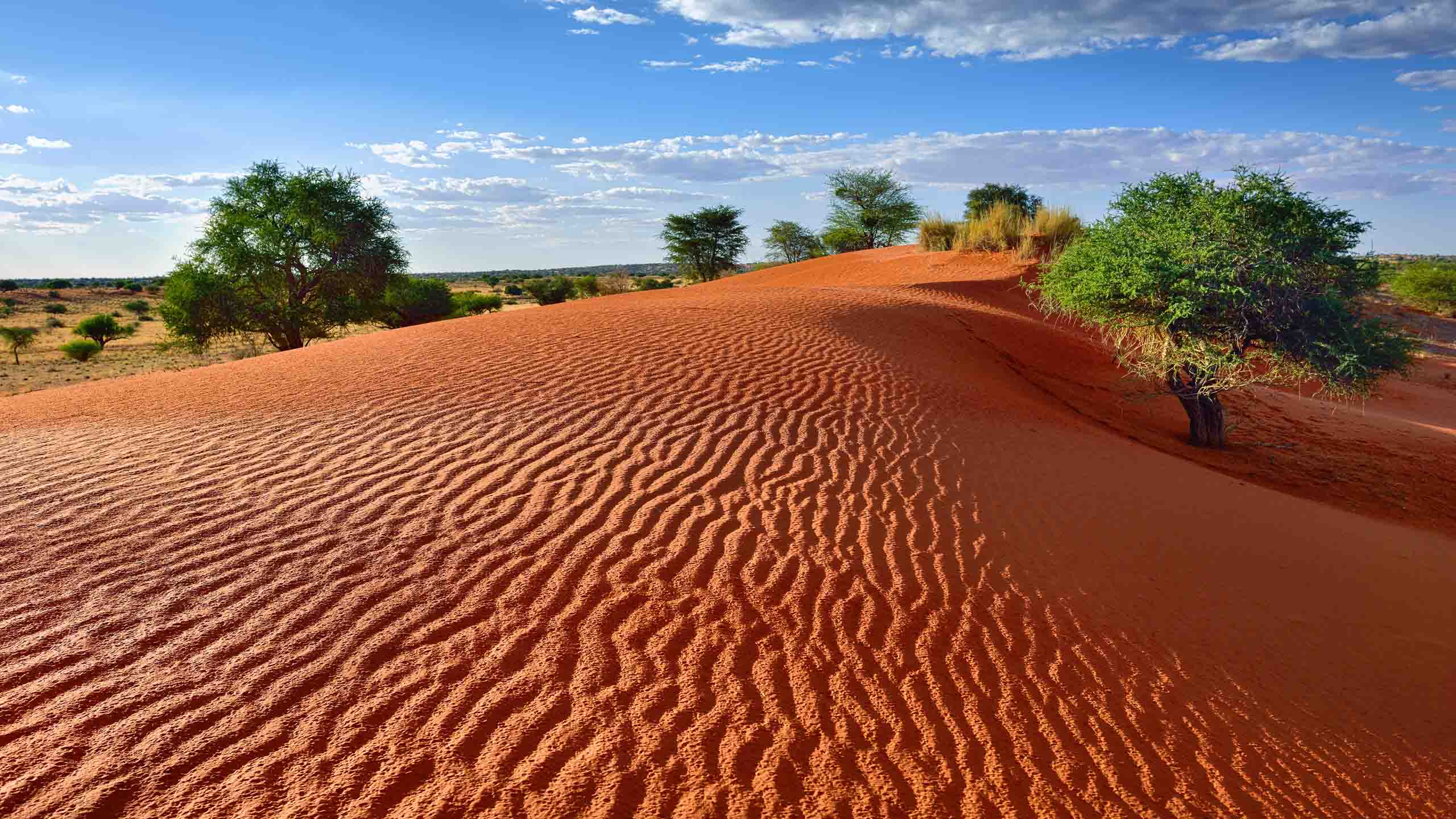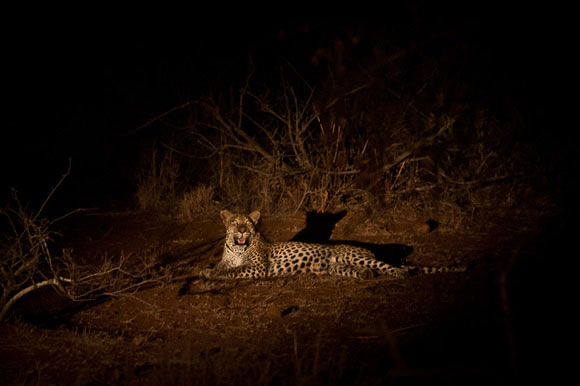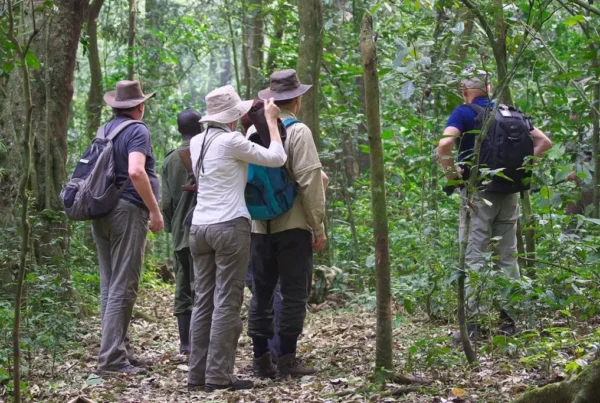10 Interesting Kalahari Desert Facts: A Journey Into Africa’s Living Sands
Unveiling the Soul of the Desert
A sweeping canvas of burnt ochre dunes, dry riverbeds, and open grasslands, the Kalahari Desert has long been misunderstood by those who think of deserts only as lifeless expanses of sand. Yet, within its timeless silence lies one of the most vibrant, ecologically rich, and culturally significant regions on the African continent. Stretching across Botswana, Namibia, and parts of South Africa, the Kalahari is not merely a place—it is an enduring experience. Every grain of its sand holds a story of adaptation, survival, mystery, and raw natural beauty.
As more curious travelers seek destinations off the beaten path, the Kalahari emerges as a paradox of extreme conditions and intricate life. It may appear desolate to the untrained eye, but this ancient land pulses with deep-rooted secrets, hosting unique wildlife, ancient cultures, and natural wonders that continue to fascinate geographers, scientists, and adventurers alike.
Here are ten fascinating facts that peel back the surface of the Kalahari to reveal its extraordinary character, shedding light on what makes this semi-arid desert one of Africa’s most enigmatic natural treasures.
It’s Not a True Desert in the Traditional Sense
What surprises most visitors first is the realization that the Kalahari Desert, by scientific definition, isn’t truly a desert. Though its name is derived from the Tswana word Kgala, meaning “the great thirst,” the region receives significantly more rainfall than typical deserts. In some areas, up to 250 millimeters of rain fall annually, allowing a diverse range of plant life and supporting rich biodiversity. Technically, this qualifies the Kalahari as a semi-desert or dry savannah, rather than a hyper-arid zone like the neighboring Namib Desert. This climatic anomaly is what allows the desert to host surprisingly complex ecosystems, creating a fusion between the stark and the lush.
It’s Home to One of the World’s Oldest Cultures
The Kalahari is not only a physical landscape but also a cultural reservoir, home to the San people—often referred to as Bushmen. The San are among the oldest continuous cultures in the world, with archaeological evidence tracing their lineage back over 20,000 years. Their relationship with the desert is deeply symbiotic, based on a profound understanding of nature’s rhythms. Their unique language, characterized by click consonants, and their survival strategies—such as using plants for medicinal purposes and locating underground water sources—reflect an intimate knowledge of an environment many would find hostile.
It Supports a Diverse Range of Wildlife
Though many envision deserts as lifeless, the Kalahari is a thriving habitat. Its open plains, wooded acacia groves, and salt pans support iconic species such as lions, cheetahs, hyenas, meerkats, gemsbok, and giraffes. Most famously, it is known for the black-maned Kalahari lion, a majestic subspecies adapted to the harsh climate. Predators here have developed more patient hunting strategies, while herbivores migrate to track seasonal vegetation. With birdlife as varied as kori bustards, secretary birds, and crimson-breasted shrikes, the desert becomes a living theater of natural adaptation.
It Hosts the Largest Continuous Stretch of Sand in the World
The Kalahari is part of the Kalahari Basin, an expansive geological depression spanning nearly 930,000 square kilometers. It forms the largest unbroken stretch of sand on Earth, surpassing even the Sahara in sand volume. But unlike the Sahara’s towering dunes, the Kalahari’s sands are mostly stable, covered with grass or shrubs, giving it a unique texture. These ancient sands are thought to have been laid down millions of years ago, forming a fossil desert—a landscape that has seen epochs come and go.
It Contains Africa’s Second-Largest Game Reserve
Within the heart of Botswana lies the Central Kalahari Game Reserve, a protected area that spans over 52,000 square kilometers—making it Africa’s second-largest game reserve and one of the most remote. Originally set aside in 1961 as a homeland for the San people, the reserve today offers travelers a sense of unfiltered wilderness. Wildlife sightings here are far more intimate and less crowded compared to more commercial parks, and the vast, open horizons allow for soul-stirring encounters with nature. Here, silence isn’t absence—it is presence at its most profound.
It Hosts Seasonal Waterways and Ancient Riverbeds
Although often perceived as dry, the Kalahari hides the traces of ancient rivers and periodic wetlands. The most famous of these is the Okavango River, which spills into the northwest of the basin to form the Okavango Delta, the world’s largest inland delta. This seasonal floodplain draws thousands of animals, transforming part of the desert into a lush, life-giving oasis. Elsewhere, fossil riverbeds like the Deception Valley tell of wetter eras when rivers once coursed through these lands, leaving behind mineral-rich soils and supporting life even today.
It Plays Host to a Remarkable Astronomical Display
Free from the pollution of artificial light and nestled in one of the most isolated parts of southern Africa, the Kalahari offers some of the clearest, darkest night skies on Earth. Stargazing here becomes a spiritual encounter. During the dry season, the Milky Way arches across the sky in pristine clarity, and constellations of the Southern Hemisphere—like the Southern Cross and Orion—are visible in stunning brilliance. The San people have their own celestial interpretations, using stars as navigational tools and weaving them into their oral traditions and cosmologies.
It Is an Evolving Landscape Shaped by Wind and Time
The Kalahari is a dynamic terrain constantly being sculpted by wind, temperature shifts, and erosion. Despite the apparent stillness, this is a landscape in motion. Sand dunes subtly shift over time, termite mounds rise and fall, and seasonal vegetation patterns change based on rainfall. Scientific studies continue to monitor how climate change may further influence the desert’s character, with some predictions suggesting increased aridity or altered migration patterns of wildlife. What remains constant, however, is the desert’s resilience and the rhythmic pulse of life that endures.
It Offers a Refuge for Rare and Endemic Species
Several species in the Kalahari have adapted so specifically to its unique conditions that they cannot be found anywhere else. Animals such as the brown hyena, bat-eared fox, and Kalahari tent tortoise are among the rare and ecologically important species that thrive here. Plants like the devil’s claw have evolved deep root systems and medicinal uses, making them both biologically and culturally significant. These adaptations represent nature’s ingenuity, shaped over millennia by necessity and time.
It Is a Living Classroom of Indigenous Knowledge
Perhaps the most extraordinary fact about the Kalahari is that it is still a living classroom, where ancient wisdom intersects with modern conservation. The San people’s continued presence and their ability to read the landscape with surgical precision—tracking animals, interpreting wind patterns, predicting weather—offers invaluable insights that complement scientific understanding. Today, efforts are being made to protect and integrate this indigenous knowledge, ensuring that it is not lost to modernity but honored as a vital part of Africa’s intellectual and ecological heritage.
Experience the Living Desert With WildHorn Africa
The Kalahari Desert is more than a geographical destination—it is a philosophy of survival, a landscape of layered mysteries, and a spiritual retreat for those who crave deeper connections with the natural world. Travelers drawn to this enigmatic realm often leave transformed, having encountered not only rare wildlife and ancient culture but also themselves in the process.
To explore the Kalahari with the depth, care, and respect it deserves, WildHorn Africa stands ready as your expert guide. Specializing in tailor-made African safaris, WildHorn Africa offers immersive experiences that bring travelers face-to-face with the essence of the desert. Whether it’s tracking lions across the dunes, stargazing in remote camps, or walking alongside San elders who whisper the secrets of the sands, each journey is carefully curated to inspire and inform.
For those seeking to unlock the profound beauty and surprising richness of Africa’s most misunderstood desert, there has never been a better time—or a better partner—than WildHorn Africa. Let your next adventure be shaped by the desert’s wisdom, and guided by those who know it best.





 WildHorn Africa – Authentic and unforgettable tours across Africa, guided by local experts who know the land, wildlife, and culture best.
WildHorn Africa – Authentic and unforgettable tours across Africa, guided by local experts who know the land, wildlife, and culture best.


